Photographs: Danish Siddiqui/Reuters. Akash Prakash
India is hugely vulnerable to a sudden stop in emerging market liquidity, says Akash Prakash.
The emerging market asset class has been going through difficult times of late. The last month in particular was brutal - thanks to a sell-off in currency, debt and equity markets.
This was not the beginning of the travails of emerging markets; emerging market equities have been underperforming vis-à-vis developed market equities since mid-2010. During this period, a performance gap of 55 per cent opened up.
This significant performance gap has caught investors by surprise, not least because the economies of the emerging world continue to grow faster than those of the Organisation for Economic Co-operation and Development (OECD).
Also, barring a few exceptions, high inflation - the usual destroyer of the bull market in the emerging world - has not materialised. Growth has not mattered as two-thirds of the outperformance of developed markets over the last 30 months can be explained by multiple expansion.
Price-equity multiples in developed markets have gone up to nearly 14 times earnings, while emerging market multiples have remained stagnant at 10 times.
When the global liquidity push began with the first round of quantitative easing, there was a clear belief on the part of most investors that a lot of this so-called hot money would flow into emerging market equities. This, as discussed above, has not really happened.
...
Tough times for emerging markets
Image: A Kashmiri shopkeeper sits near garlands made of Indian currency notes at a market in Srinagar.Photographs: Fayaz Kabli/Reuters
Money did flow into emerging markets, but it went more into debt markets than into equity.
This was not just yield chasing, as low total indebtedness in emerging markets (compared to most OECD countries) and far lower fiscal deficits narrowed the default risk premium for fixed income markets in the emerging world. The fundamentals for emerging market debt genuinely improved.
Just to give you a sense of the outperformance of fixed income compared to equities, if you rebase both markets to 100 in October 2010, in dollar terms, the emerging fixed income markets today are at 125, while equities are at 90 (source: GaveKal).
Given this relative performance differential and the amount of flows into emerging market debt, it is the fixed income markets in the emerging market universe that are more vulnerable to a liquidity shock.
These are also the assets that are most susceptible to a reversal of the carry trade. As collateral damage, emerging market currencies will also be under pressure.
These debt flows allowed some emerging market countries to lift consumption and boost credit even as global demand weakened. Now these economies, which have used global liquidity to keep their economies and consumption afloat, are vulnerable to this liquidity flowing out.
...
Tough times for emerging markets
Image: Foreign currency traders work inside a trading firm behind the signs of various world currencies, in Mumbai.Photographs: Vivek Prakash/Reuters
Any hint of tightening by the US Federal Reserve encourages global flows to reverse back into their home country. Weaker inflows mean that many emerging market countries will not be able to cut rates, as they would need to defend currencies (already seen in Indonesia and Brazil).
Combine this with China's apparent slowing and we have a shrinking growth differential between emerging market economies and developed market economies. From 2005 to 2010, the gap between the nominal GDP growth rates was about 12 to 15 per cent in favour of emerging market economies.
As a result of the slowing in China and in most of the other large emerging economies, this growth differential has now narrowed to six or seven per cent (source: International Monetary Fund).
From 2009 to 2012, cumulative capital flows (equities, bonds, property, etc) into emerging markets totalled $3.9 trillion. The cumulative stock of foreign capital flows into emerging markets is more than twice as large as it was before the global financial crisis (source: GaveKal).
The emerging market is still the source of liquidity at first signs of global stress; for most investors, it remains the swing asset class.
There are genuine fears surrounding the possibility of a sudden stop in global liquidity if the Fed were to go ahead with its intentions to "taper" its bond purchases. If large chunks of capital were to actually leave the emerging market asset class, countries that are running large current account deficits, such as India, will be significantly impacted.
...
Tough times for emerging markets
Photographs: Reuters
Trying to fund a current account gap of $80-90 billion when a wave of money is coming into emerging markets is very different from doing so when flows into the asset class are negative.
India has not been spared in the last month - over $7 billion has left its markets (the majority from the debt markets). This has been the highest outflow from India in any month to date.
It has now become conventional wisdom that India is hugely vulnerable to an emerging market liquidity stall. At $90 billion, we have the second-highest absolute current account deficit in the world, second only to the US, whose currency is the reserve currency of the world.
Our import cover is down to less than six months; and, on a residual maturity basis, debt due for repayment in less than 12 months is now over 65 per cent of reserves. We are one of the few countries in the emerging world that have had absolutely no reserve accretion since the financial crisis.
Just think about it: as much as $3.9 trillion flowed into emerging market assets between 2009 and 2012; we substantially liberalised access for foreign institutional investors (FIIs) to our debt markets; we had large external commercial borrowing issuance by Indian companies; we deregulated interest rates on non-resident external deposits; and we even received record FII equity flows.
...
Tough times for emerging markets
Image: Indian currency notes are stapled to form a garland at a shop in Jammu.Photographs: Mukesh Gupta/Reuters
Even so, our reserves actually shrank during this period. There are also fears about the banking system - bond yields have been rising and many companies carry unhedged foreign exchange exposure.
There is little we can do in the short term. We will have to ride out this storm, as it is pointless to drain our reserves further in a battle we cannot win till global markets settle down.
It probably makes sense to announce some type of quasi-sovereign bonds at that time. With the benefit of hindsight, the government should have pushed all public sector undertakings to load up on foreign exchange debt when the rush for yield was allowing huge chunks of money to be raised by just about any emerging market corporation. It would have helped boost our reserves for an environment like today.
Instead of blaming everything on gold, we have to recognise that we have deep-rooted structural problems of competitiveness.
Most of our factors of production are misaligned, be it land, capital or even labour (adjusted for productivity). Until we unclog these factors and improve infrastructure, we will continue to be a non-starter in manufacturing.
...
Tough times for emerging markets
Image: Central Bank of India.Photographs: Reuters.
Though China is vacating low-end manufacturing, this business, tragically, does not seem to be moving to India. We have self-created problems in resources - the country has become a huge importer of coal and stopped exporting iron ore.
We seem unable or unwilling to make fresh capital investments in the country. When the economy does turn, will we import everything? We will not have enough capacity on the ground.
The government still does not seem to be showing either unity in action and voice or a sense of urgency. It seems we still need two weeks to decide whether we wish to raise foreign direct investment limits.
Mere announcements will not do anything in the short term. We need to fundamentally improve the investment climate and competitiveness.
The positive for India was that, unlike Indonesia, huge chunks of its bonds markets were not owned by foreigners.
If we get our act together, we can still stand out in this whole emerging market turmoil as an economy that investors wish to bet on, even as China and the commodity super-cycle slow on a sustained basis.
The writer is fund manager and CEO of Amansa Capital.

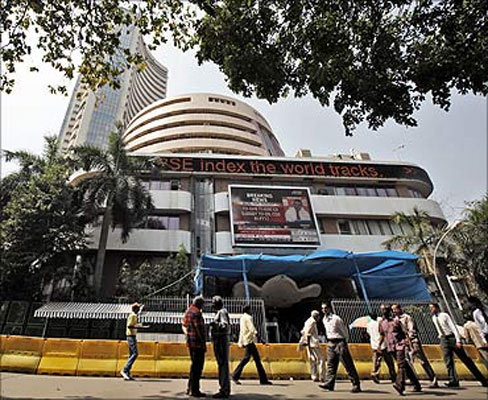
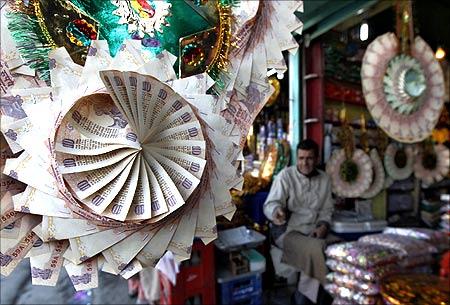
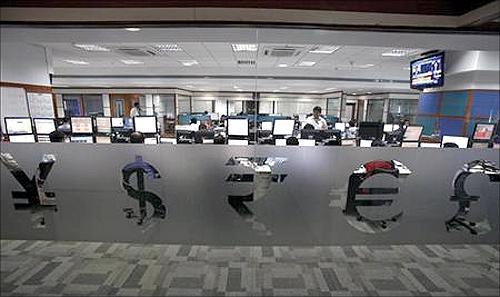
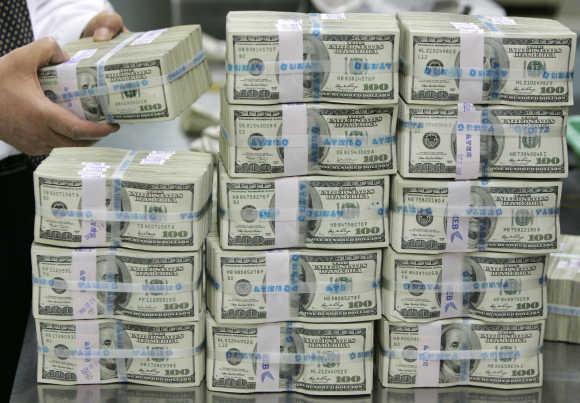
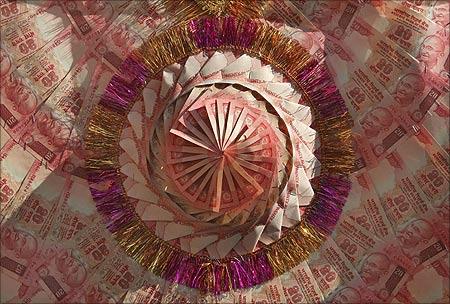
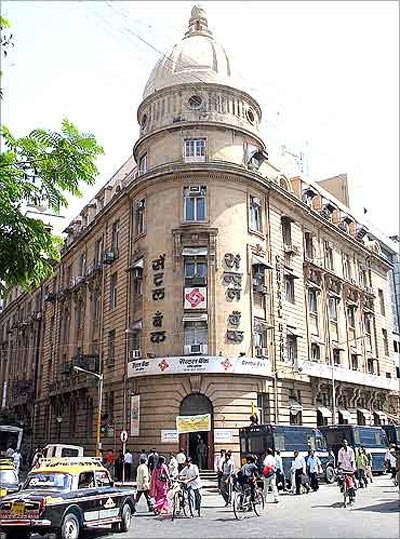

article